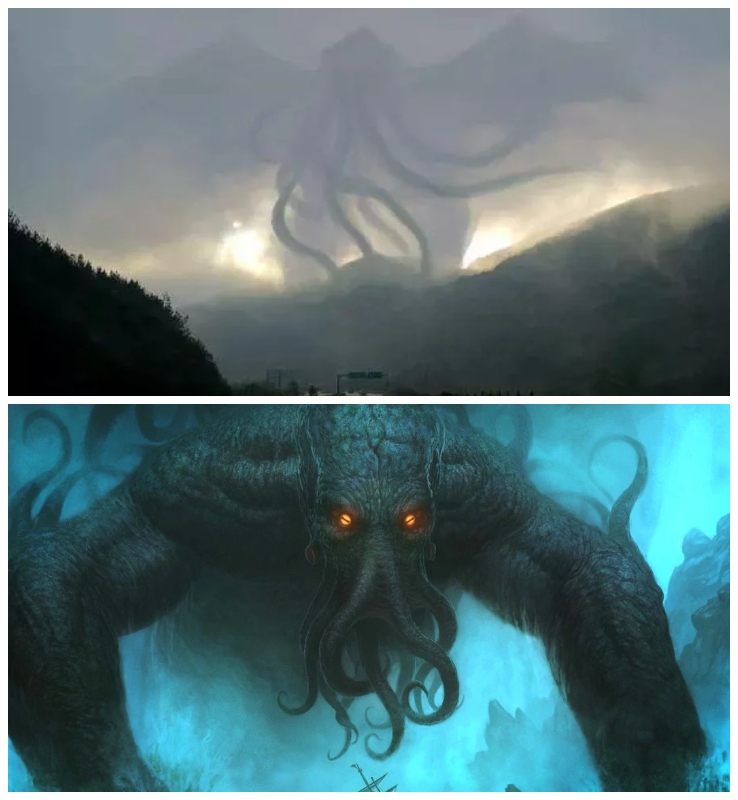
Legendary creatures exist in all cultures around the world. People believe these creatures possessed special abilities or attributes, making them extraordinary animals or hybrids. Many of them are considered highly intelligent creatures, while others have a reputation for being dangerous and powerful.
The following list explores the 40+ most powerful mythical creatures.
53. Hippocampus
The Hippocampus is a mesmerizing sea creature from Greek and Roman mythology, possessing the upper body of a horse and the tail of a fish. Its sleek form glides through the ocean’s depths, a symbol of grace and power.

Associated with Poseidon, the god of the sea, the Hippocampus was often depicted pulling his chariot. Its beauty is matched by its mysterious nature, as it embodies the uncharted realms of the sea, invoking both fascination and trepidation in those who dare explore mythical waters.
52. Redcap
The Redcap is a malevolent goblin from English and Scottish folklore. Dwelling in abandoned ruins, its name comes from its hat, which is soaked in the blood of its victims.
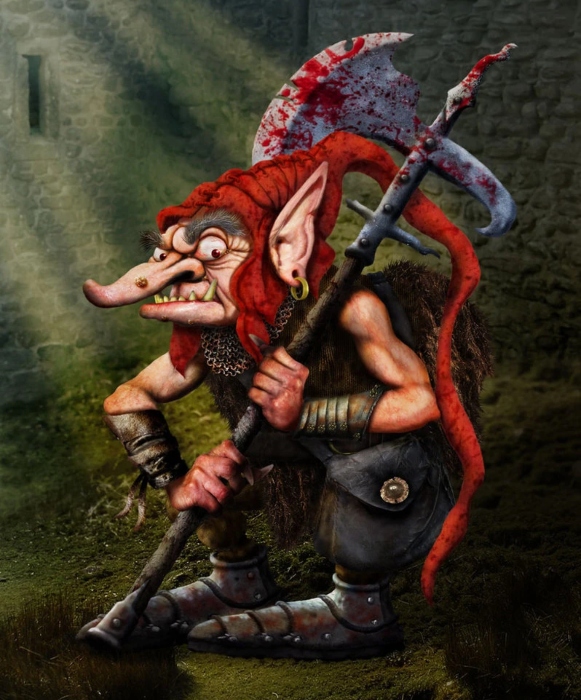
Possessing superhuman strength, the Redcap’s relentless pursuit of travelers and its horrifying appearance make it a brutal symbol of violence. Its twisted smile and bloodlust have ensured its place as a terrifying legend in Britain’s dark mythical heritage.
51. Pixie
Originating from Cornish folklore, Pixies are capricious beings whose delicate appearance hides a mischievous nature. Known for leading travelers astray and playing treacherous pranks, Pixies embody both charm and malevolence.
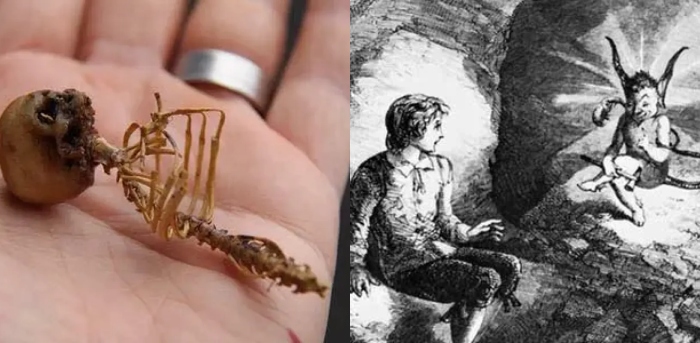
Their small size and magical abilities can enchant or deceive, making them both enchanting and unsettling. Their dual nature, both alluring and mischievous, makes them fascinating figures in mythology.
50. Ghoul
The Ghoul is a nightmarish creature from Arabian folklore, known for haunting graveyards and desolate places. With grotesque and gaunt features, Ghouls feast on human flesh and can shape-shift into animals to deceive and lure their prey.
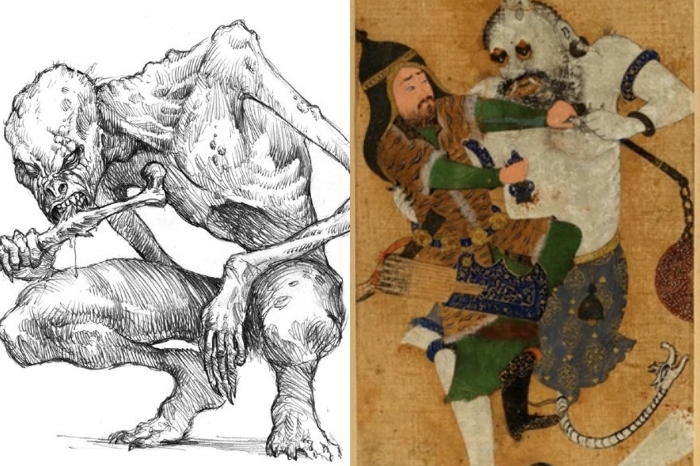
The terror of encountering a Ghoul resonates with the fear of death and decay, leaving an unsettling impression on those who hear its tale. Its insatiable hunger and twisted appearance serve as a gruesome reminder of mortality’s fragility.
49. Kappa
The Kappa is a water demon from Japanese mythology. Resembling a humanoid reptile with a water-filled dish on its head, it challenges humans to games, seeking to defeat and consume them.
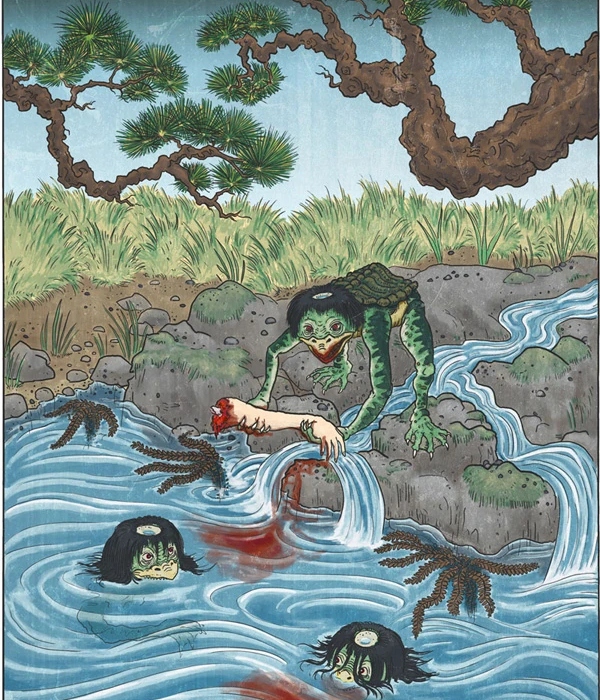
Known for its intelligence, agility, and dark intentions, the Kappa’s twisted nature and fearsome appearance make it a horrifying legend that resonates with terror, encapsulating the mysterious and dangerous elements of Japanese folklore.
48. Fachan
The Fachan is a monstrous figure from Scottish folklore, characterized by its bizarre and unsettling appearance. Often described as having a single leg, eye, and arm, this creature’s grotesque form is a sight of pure terror.
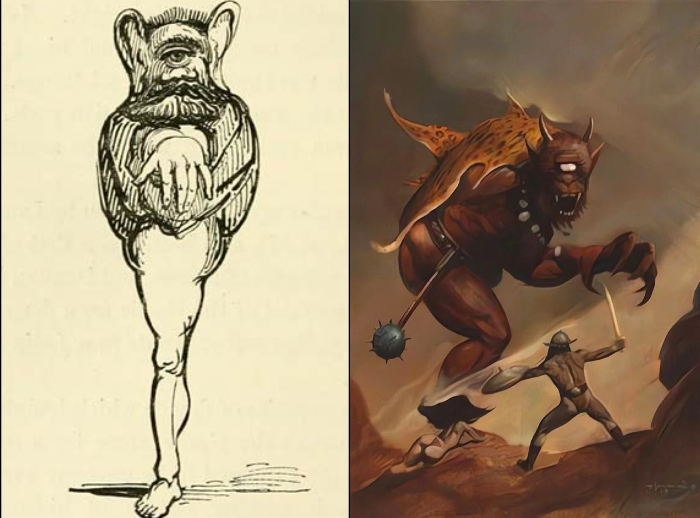
The Fachan’s fearsome demeanor is matched by its strength, as it was said to wield a mighty club capable of crushing its enemies. Its nightmarish image and brute power make it an unforgettable figure in Scottish myths, a haunting reminder of the strange and dreadful beings that lurk in the shadows of legend.
47. Fomorians
Originating from Irish mythology, the Fomorians are a race of supernatural beings known for their grotesque appearance and malevolent nature. These twisted giants ruled Ireland in ancient times, wielding dark magic and spreading fear and chaos.
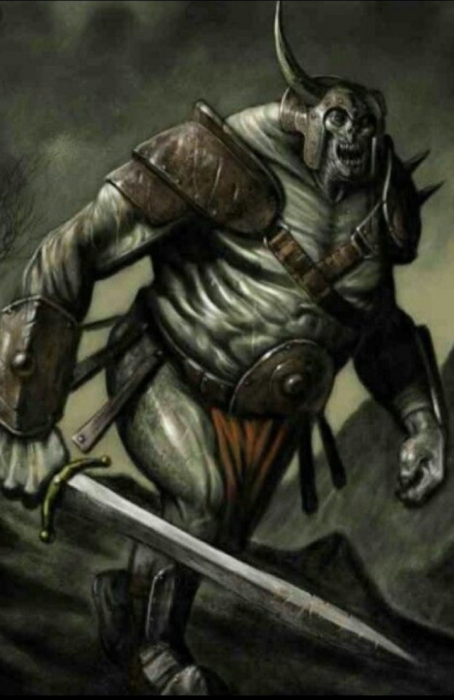
Often depicted with misshapen limbs and a grotesque face, the Fomorians are symbols of destruction and wild, primal forces. Their fearsome reputation and terrifying visage continue to resonate as embodiments of chaos in Celtic folklore.
46. Chupacabra
The Chupacabra, a beast from Latin American folklore, is known for its insatiable thirst for blood. Its glowing red eyes, spiky back, and sharp fangs embody the nightmares of those who believe in its existence.
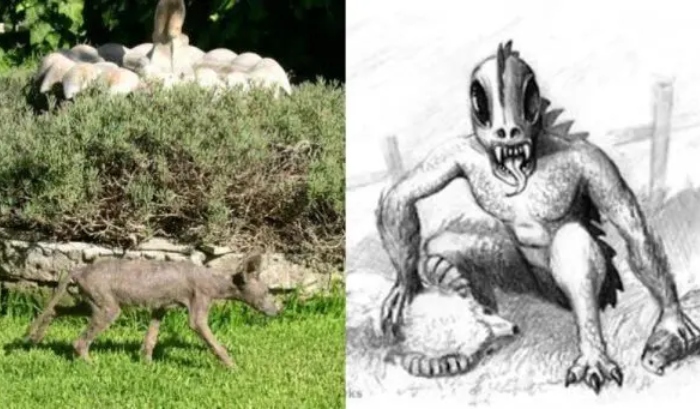
With stealth and agility, it preys on livestock, leaving drained corpses as evidence of its terror. The Chupacabra’s predatory nature and unsettling appearance make it a creature that haunts imaginations.
45. Valkyrie
From Norse mythology, Valkyries are female warriors who decide the fate of soldiers in battle. Riding on dark steeds and adorned in armor, they select who shall die and who shall live.
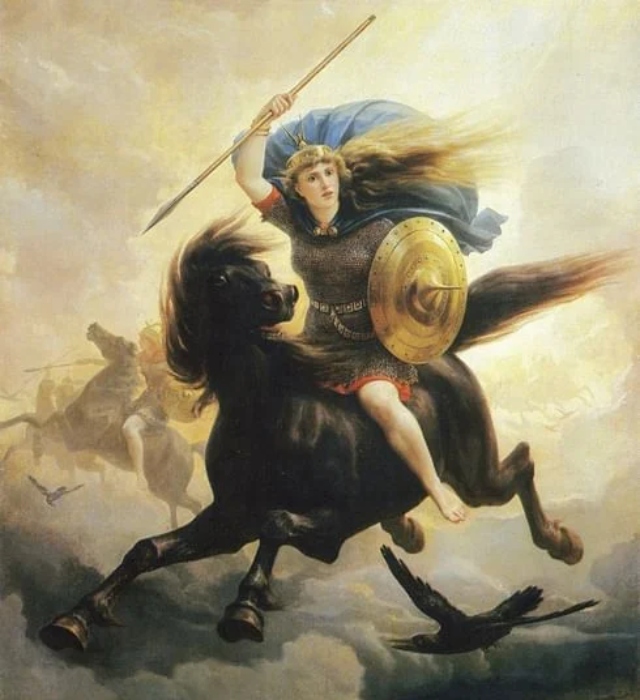
Their presence on the battlefield is an omen of both life and death, a dance with destiny. Equipped with supernatural strength and the ability to fly, the Valkyries’ fierce determination and ethereal beauty make them awe-inspiring and fearful figures.
44. Adarna Bird
The Adarna Bird is a mythical creature from Philippine folklore, possessing entrancing songs and radiant feathers that shift through seven colors. Its melody has the power to heal the sick or trap listeners in nightmarish sleep.
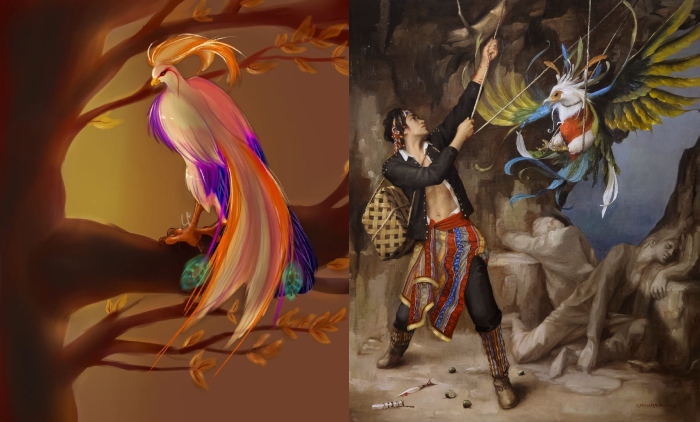
An enchanting and dangerous bird, its presence is both a blessing and a curse. The Adarna Bird’s beauty hides fearsome power, making it an embodiment of both wonder and terror in Filipino mythology.
43. Barghest
The Barghest is a spectral hound from Northern English folklore, especially associated with Yorkshire. Its shadowy form, blazing red eyes, and menacing growl are the essence of terror.
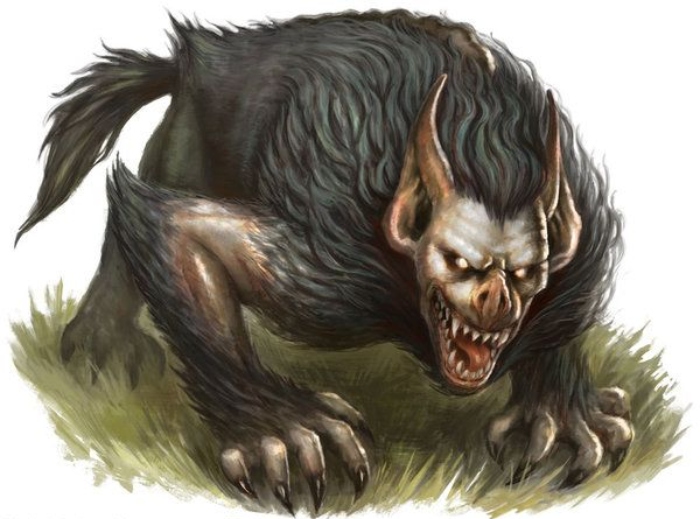
The Barghest’s blood-curdling howl foretells death, and its appearance at night signals dark omens. With the ability to shape-shift and control the elements, it lurks in shadows, waiting to strike fear into hearts. The Barghest remains a symbol of dread in English legends.
42. Pegasus
Originating from Greek mythology, Pegasus is a celestial winged horse that embodies both beauty and terror. Born from Medusa’s blood, it soared through the heavens with thunderous beats echoing its might. Pegasus’s wings could create tempests, and its flight resonated with mystical power.
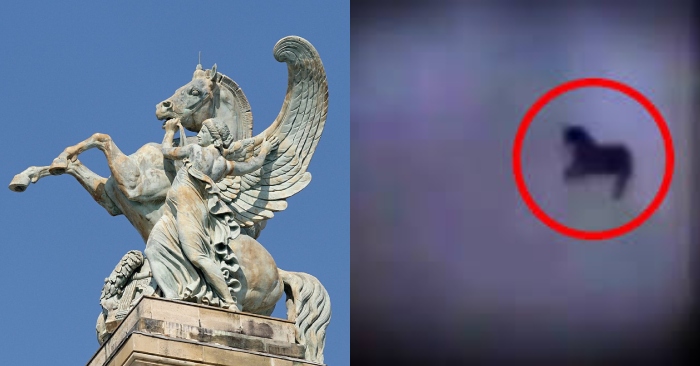
This ethereal creature’s captivating beauty was contrasted by its fierce nature, making it both a symbol of poetic inspiration and a terrifying enigma. A sky-bound creature to admire and fear, Pegasus remains a haunting figure in mythological lore.
41. Pontianak
The West probably does not know about the existence of this mythological being, but it’s a scary part of South Asian mythology. In Malay and Indonesian mythology, the Pontianak is the spirit of a female. She used to be a woman whose life ended while she was pregnant. The pale creature has long tresses and blood-red eyes that would make anyone freeze in place.
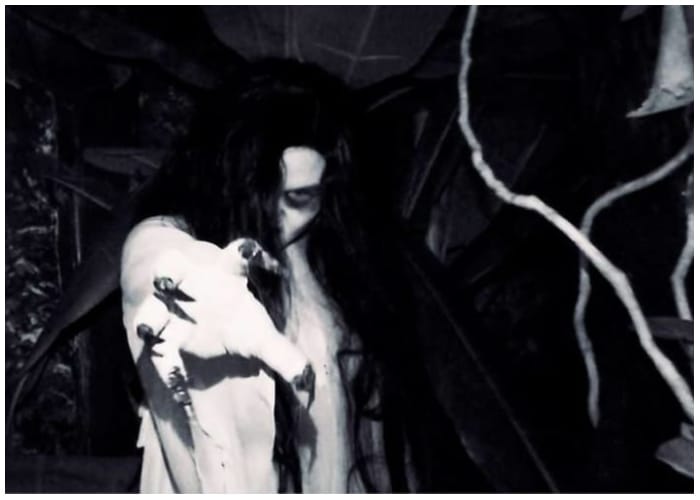
While objectively terrifying, the Pontianak can transform into a gorgeous woman to lure men. She appears during the full moon and consumes her victims’ bodily organs.
40. Faeries
Tinker Bell and Fairy Godmother may have established an image of “fairies” in our mind, but the real stories are vastly different from what we see in movies. Faeries, also called fey, fae, or fairies, take their roots from Old French medieval stories. These supernatural spirits or creatures are popular in many myths, stories, and legends due to their whimsical nature.
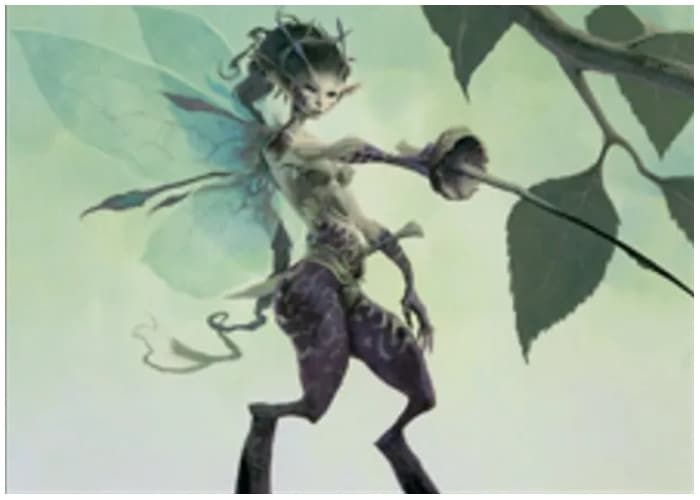
Typically, the image that pops into our head when we think of faeries or fairies is a tiny, winged creature—an interesting fact: faeries only had wings when they were a part of Victorian artwork.
39. Leprechauns
Leprechauns are easily recognizable and widely known, particularly if you’ve tried a specific cereal brand. Although leprechauns derived their roots from medieval Irish folktales, they later received prominence. Tinier, diminutive humanoid creatures, leprechauns like to be solitary and have a unique sense of humor. They rely strongly on practical jokes and mischief to get their message across.
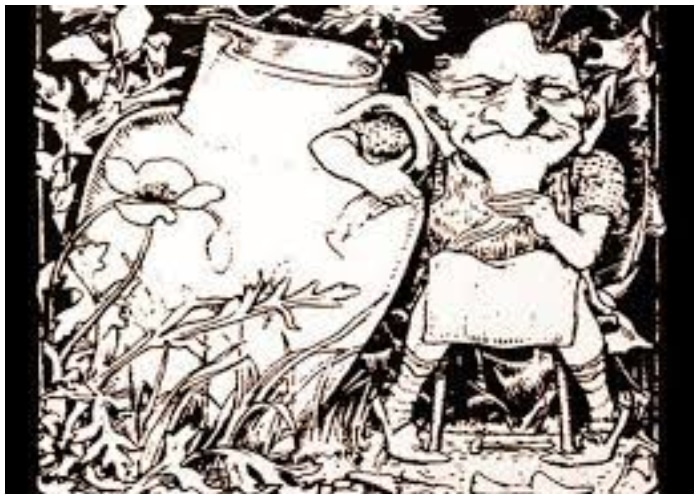
The most notable feature of this mythological creature is its green clothing. Many folklore says that a leprechaun can change its dress and appearance based on region. Just over three to four inches tall, these devious creatures will look out to pull pranks whenever they see the opportunity.
38. Goblin
First appearing in British and Germanic folklore, goblins differ in physical appearances, abilities, and purposes based on the story. Unfortunately, many European legends do not have an exact origin story, and the goblin is one of them. They make appearances in fantasy films from time to time, such as in the “Harry Potter” franchise.
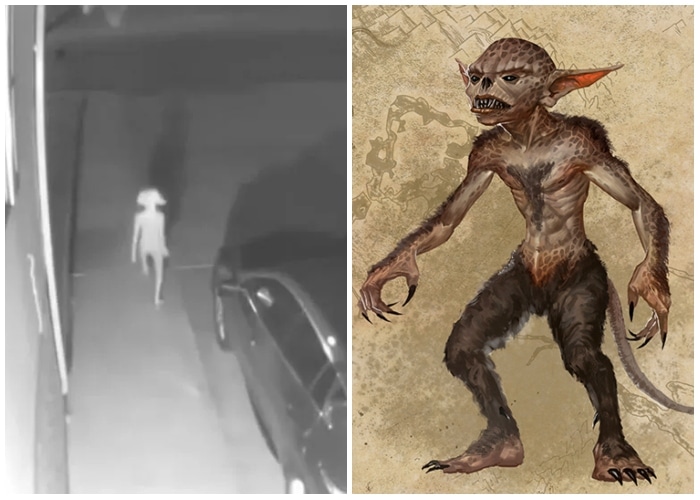
Whether by causing actual harm or performing cunning tricks, goblins are infamous troublemakers who are often consumed by greed and malice. They have a knack for shiny things and will not hesitate to harm anyone to get what they want. Don’t be fooled by their size because they make up for it in smarts.
37. Zombies
We all remember the time when “Night of the Living Dead” hit the big screen. People were genuinely mortified. Zombies quickly became a fan favorite and have become a whole different genre for lovers of horror, thrill, and gore. These creatures have been a dark part of Haitian culture for over a few decades.

In ancient Greece, the dead used to be buried with stones covering the top of their grave to “prevent them from escaping their tombs.” But, they soon started fearing an uprising of the “undead.” 17th-century enslaved people working at sugar cane plantations lived inhumane lives, which was said to represent their terrible plight.
36. The Jersey Devil
The Jersey Devil is a spooky part of New Jersey’s culture and has been reportedly haunting the Pine Barrens since 1735. Grotesque in looks, the Jersey Devil is known to have horns protruding from the top of his head along with leathery wings and a tail. The hooved beast walks on two hind legs.
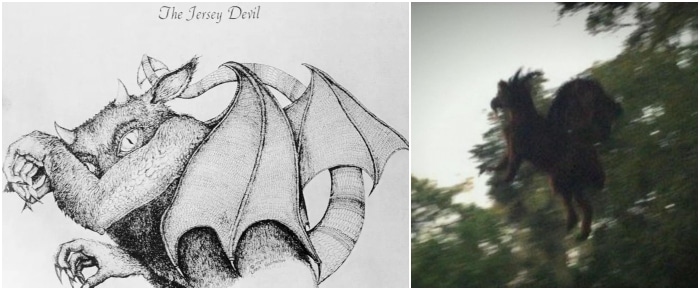
Like many other mythological beings, the story of the Jersey Devil has many versions. Some claim that the creature was a child of a witch, the wife of Daniel Leeds. Briefly, after the beast saw the light, it spread its wings before flying off into the night with a sharp screech.
35. Ogres
Universal Picture’s “Shrek” remains a classic not just for its fresh story-telling but also for sharing the true origins of an ogre. Their hankering for human flesh characterizes ogres. They can be found in folktales worldwide but take their roots in French history. The creature itself derives inspiration from the ancient man-eating Etruscan god, Orcus.

Ogres are generally tall, large, and possess superhuman strength, which they use to satiate their enormous appetite. Most stories portray them as either dim-witted and dull or violent. “Harry Potter and the Sorcerer’s Stone” showed the three brave teenagers fighting off an ogre-like being in the dungeon.
34. Bigfoot
Monster enthusiasts consider Bigfoot to be the missing link between apes and humans. It’s pretty hard to be sure if they cannot find one and check. The legend of Bigfoot takes its roots from ancient North American folklore and mythology surrounding the stories of a particular “Wild Man” from Europe.
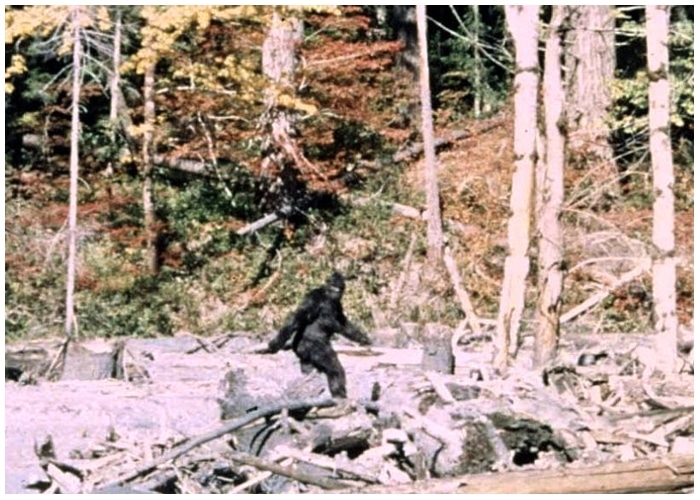
Bigfoot fanatics have dedicated their lives to finding this hairy giant, and there are photos too that give “proof” of his existence. However, none of them have been officially declared to be authentic. Bigfoot even has an FBI file. Despite all the commotion surrounding his name, the mighty beast remains hidden for the time being.
33. Abominable Snowman
The Abominable Snowman has different names in different regions of the world. We may also know it as “the Yeti.” All the stories are the same, however. They all speak of a massive, bipedal, humanoid being that lives in the mountains. It stays hidden from the curious human eye, making sure not to be captured by the lens.

A small village in Nepal claims to own a Yeti scalp over 300 years old. Studies proved that the scalp had been sculpted from animal hide, but that did not stop the locals from treating it like a treasure.
32. Golems
Popular in Jewish folktales, golems are mainly shown as creatures created from inanimate matter like mud or clay! They are granted life to serve a higher purpose. Golems were designed to protect a nation against antisemitic violence in particular stories.
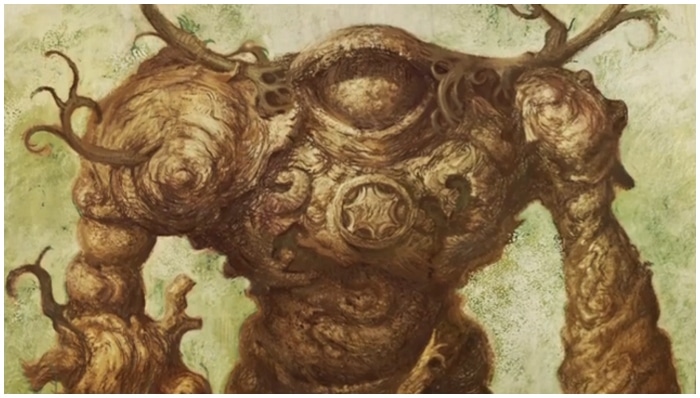
Legend says golems are fiercely obedient, choosing to stick with the literal and exact orders. The creator had to be careful what they wished for with them because power one moment would turn into horror the next. Even though they were made from mud, golems were never considered on the same level as humans. The primary reason behind this was their inability to speak.
31. Centaurs
Another animal and human hybrid originating in Greek mythology are the mighty Centaur. With the chest and head of a human paired and the body of a horse, Centaurs were widely portrayed as wild beasts. However, there was a particular Centaur named Chiron who was rather broad. He taught many Greek myth characters.
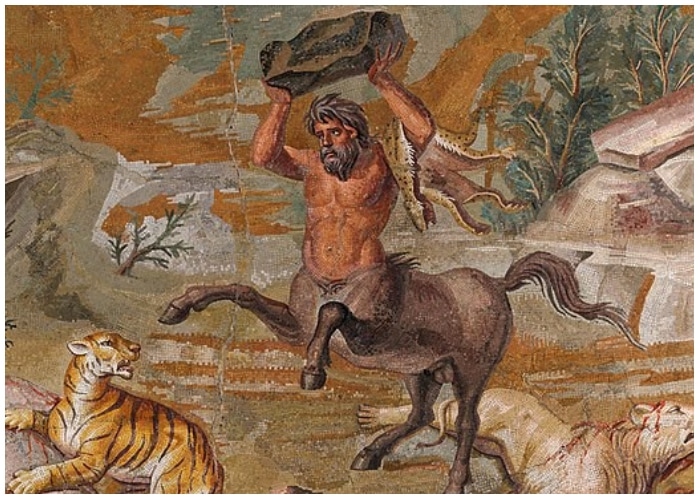
The powers of this impressive beast are largely dependent on its physiology and skills. They have superhuman speed and are masters of the art of archery. Centaurs also have a natural aptitude for foraging and woodcraft.
30. Lamia
As per Greek mythology, during the time of the Greek God Zeus, Lamia was his mistress. Zeus’ furious wife, Hera, retaliated by killing Lamia’s children and turning her into something of a creature that stalks & devours the offspring of other women and men.
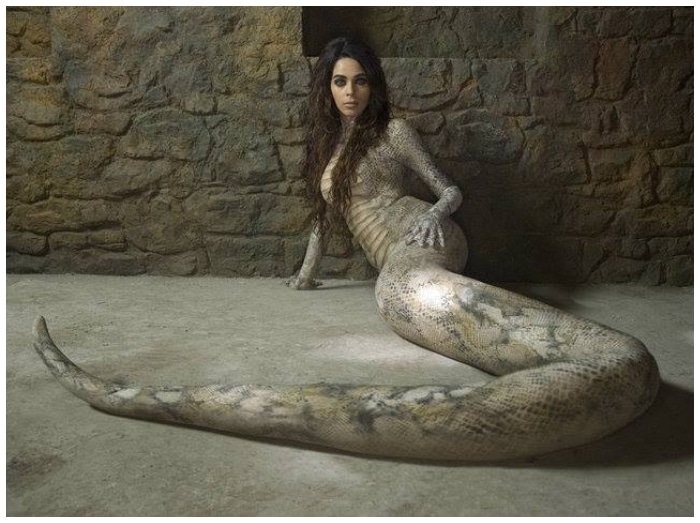
She was claimed to have the lower body of a snake but could also transform into a stunningly attractive lady to entice men. She couldn’t shut her eyes. As a result, she’d always be thinking about her children. But Zeus felt sorry for her and let her take her eyes. It is reported that he did this to help her rest and sleep.
29. Sirens
Folktales from sailors who spent months wandering the high seas tell the tales of smooth-talking seductresses with melodious and enchanting voices. Their voice was enough to lure thousands of sailors to their painful demise. Modern fairy tales have molded Sirens into mermaids, beautiful creatures with tails that live under the sea and love humans from afar.
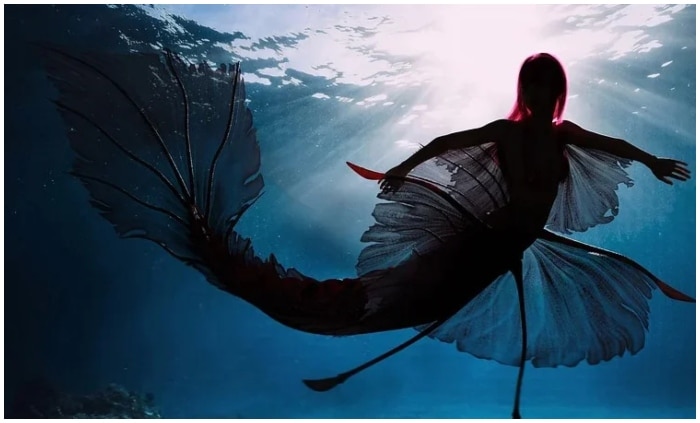
Sirens were brought up in Homer’s Odyssey. In that story, Odysseus asked his crew to tie him to the ship’s mast so he could better hear the tunes of the Sirens. He urged his crew to fill wax in their ears so they would be unaffected, and it worked.
28. Medusa
Medusa is such a mythological figure embodying power and viciousness. She could petrify people with one glance – literally turning them into stone! The Roman variant of this myth says that Athena’s Greek goddess of war cursed Medusa. That turned the mortal into a horrifying monster with snakes instead of silky tresses. Theogony argues that Medusa was a Gorgon sister, one of the trio and the only mortal. The Greek poet Hesiod explains that Medusa and her sisters were born with their powers.
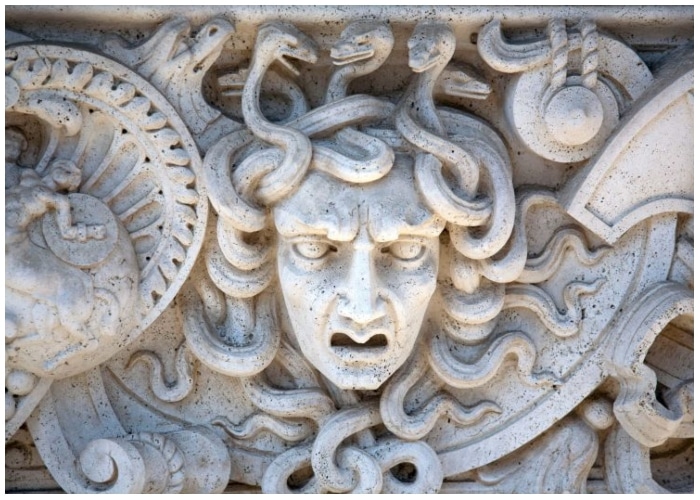
The majority of these myths tend to end in one way: Perseus slaying Medusa by separating her head from her body. The enchantress could still turn men into stone despite being beheaded with just her visage.
27. Werewolf
Werewolves are so prevalent across so many cultures that finding where the myth exactly originated is difficult. Their stories have been told hundreds of times! Each time, they are given a unique power, a new reason to change into a beast from an unassuming human. They inform humans of new ways to end them. However, the all-in-one solution seems to be a silver bullet.
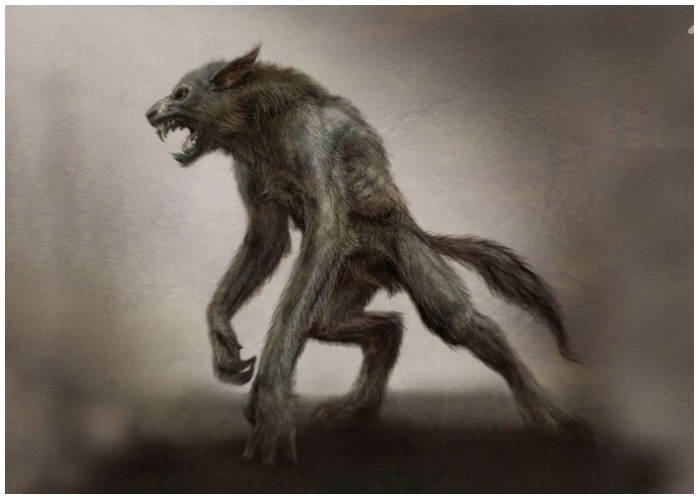
These oversized, furry beasts were introduced in Greek mythology with the story of Lycaon, the kind of Arcadia. He tried to feed a sacrificed child to one of the Gods, Zeus. The story proceeds with Zeus turning Lycaon and his sons into these vicious creatures.
26. Cthulhu
Cthulhu, a monstrous deity from H.P. Lovecraft’s universe, represents terror beyond comprehension. Its tentacled face, colossal form, and unfathomable nature embody the unknown horrors that lie beyond human understanding.

A figure of existential dread, its very presence can induce madness. The fear it inspires is profound and primal, a symbol of the unfathomable darkness that lies beneath the surface of our reality. Cthulhu’s mere whisper echoes the chill of the abyss, a lingering terror that speaks of the unknown.
25. Harpies
According to Roman and Greek mythology, the harpies are half-bird, half-woman monsters representing storm winds. These creatures feature the pale complexion of a maiden and long claws, which makes sense considering that their name translates literally as “fast robbers” or “snatchers.”
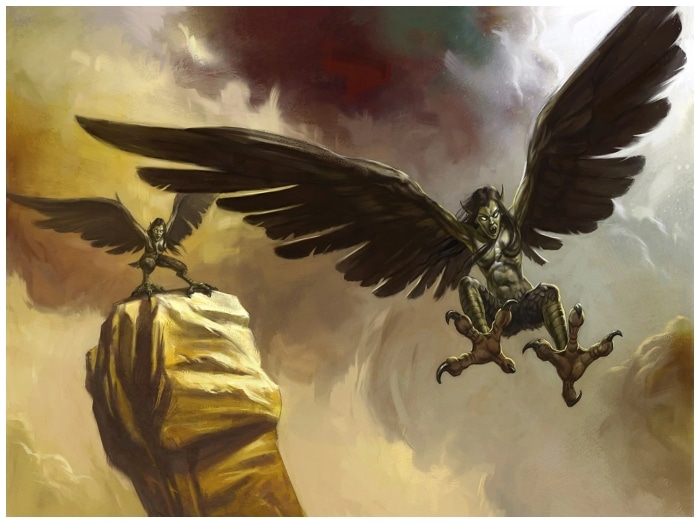
Even while harpies weren’t shown initially as grotesque or menacing, they came to be portrayed as such over time. The first depiction of these creatures as vile and treacherous appears in the story of Jason and his Argonauts in Greek mythology. In Dante’s Inferno, he invented his own rendition of these harpies. People who’ve already tried or committed suicide are claimed to be turned into prickly trees and sent into the seventh hell, where these harpies fed them.
24. Cyclopes
One-eyed creatures Cyclops are well-known, but what is the accurate tale behind them? As depicted in Theogony by Hesiod, Uranus and Gaea conceived three Cyclopes- Steropes, Brontes, and Arges. These skilled Cyclopes furnished Zeus’ thunderbolt, Poseidon’s trident, and Hades’ invisibility helmet, all made by these three blacksmiths. It was with these weapons that the Titans were defeated.
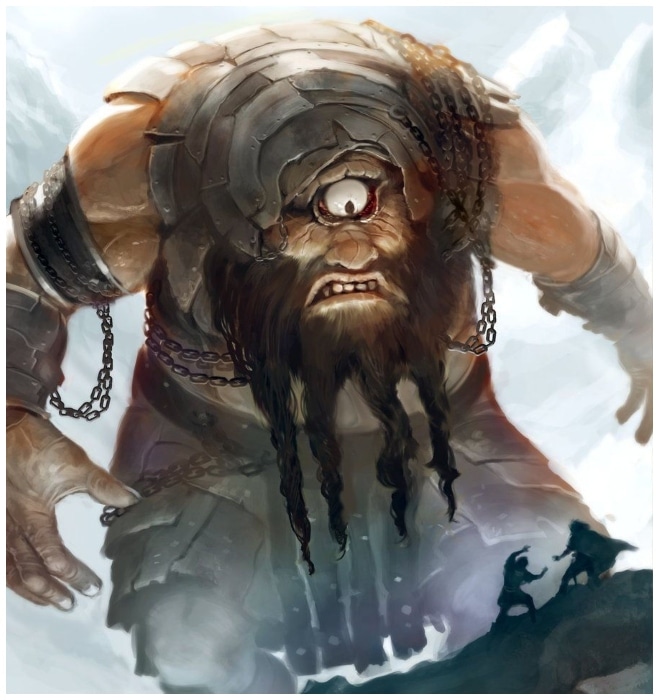
On the other hand, most people have never heard of Hesiod’s amiable Cyclopes. The Cyclopes of Homer’s epic, the much more known of which would be Polyphemus, who tried to consume Odysseus and his crew, have become much more well-known than any of Homer’s other creatures.
23. Cerberus
Known as Cerberus in Greek mythology, this creature is a three-headed dog who guards the gate to the grim Underworld. It is where only the dead are permitted to enter while nobody is allowed to depart. Cerberus, in addition to having three heads, also possesses a serpentine tail, a snake mane, and lion-like claws.
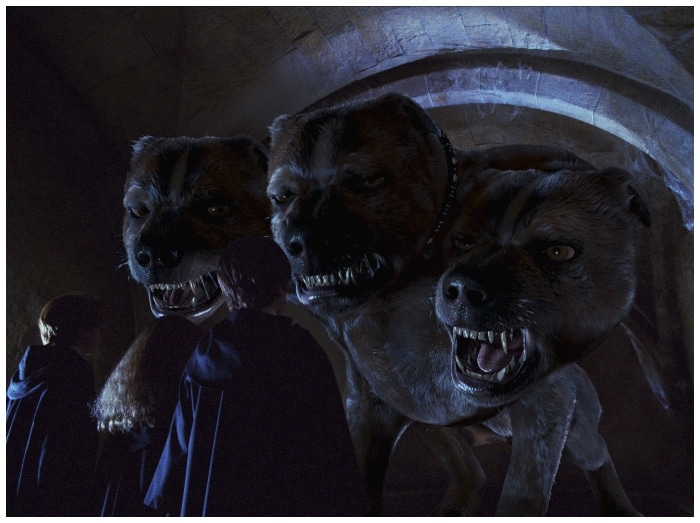
The three heads are intended to represent the past, present, and future. They also represent the stages of life such as birth, adolescence, then old age. As recounted by several sources, Cerberus had lethal breath, poisonous saliva, with razor-sharp teeth, among other characteristics. However, contradicting accounts from Hesiod, who was also the first to identify the Underworld dog, and Pindar claim Cerberus had 50-100 heads!
22. Banshees
A Banshee is a female ghost from the Celtic legend, which is associated with witchcraft. The term “banshee” refers to a lady who lives in a fairy mound or is perhaps called a “fairy woman,” but her shriek is considered a portent of death in certain cultures. The scream or cry is sometimes referred to as a “caoine,” which translates as “keening.” It has been believed to be a harbinger of an impending death inside the family.
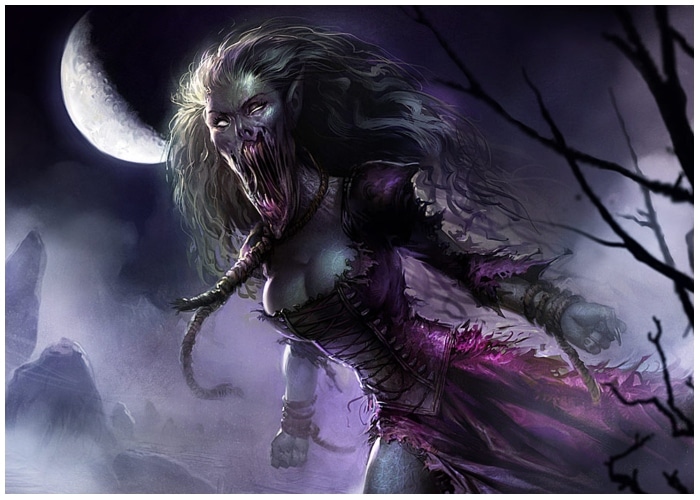
Some of these banshees are said to have deep partnerships with families; some people think that every family has had a banshee of its own. They perform heartbreaking, haunting tunes tinged with compassion and care for the family they are singing for. As frightening as they seem, Banshees are essentially kind people who just wish to assist families in preparing for the loss of a close family member.
21. Vampire
Dracula by Bram Stoker is possibly the most well-known vampire story ever written. Stoker modeled the eerie creature after a Romanian Prince named Vlad Tepes. While the stories have no substantial evidence backing them up, rumors of his unutterable sadism swirled through Europe! His violent tendencies earned him the title “Vlad the Impaler.”
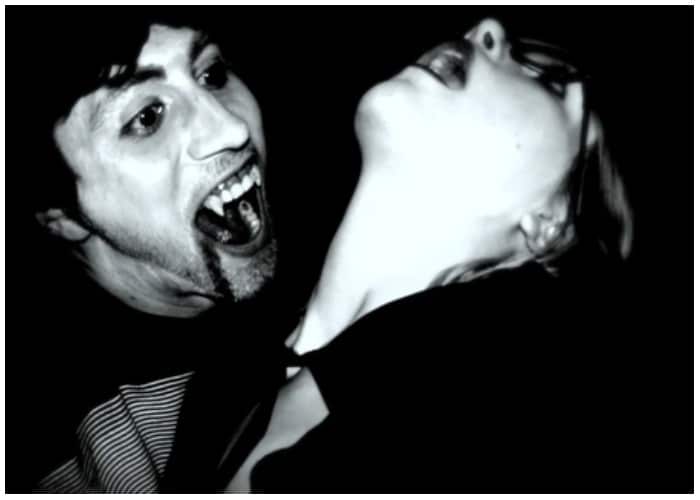
There are a few features that every vampire shares, but there are no set limits to what this villain can accomplish. Pop culture vampires are glamorous with crystal clear skin, glossy hair, majestic clothing, and eternal riches. Drinking blood seems to be the connecting thread between generations of vampires.
20. Oni
Japanese legend tells the tale of exceptionally wicked people during their lifetimes. They were such awful beings that they were turned into demons as a punishment when they entered hell. Some took it a step further and became demons while still alive!
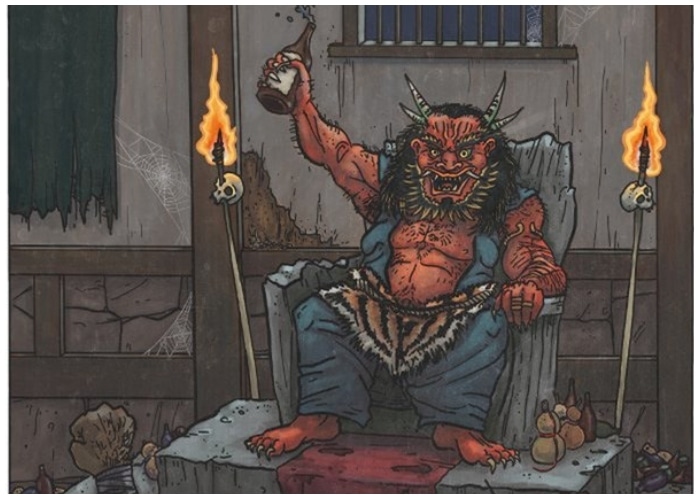
Onis are massive, scary beasts with blue or red skins, tusks, and horns and are conventionally servants in hell. They are tasked with punishing the evil-doers and have an appetite for absolutely anything – humans included. Although the depictions or stories of the Japanese Oni may differ, they are continuously viewed as powerful and dangerous villains.
19. Echidna
Flesh-eating Echidna, Typhon’s terrifying wife, was a creature mix of serpentine and human. It’s possible that she and her husband Typhon were both offspring of Tartarus and Gaea. Typhon is the “Father of Monsters” and the most dreadful and terrifying monster, while Echidna is the “mother of all monsters.” She gave birth to most of the monsters of Greek mythology.
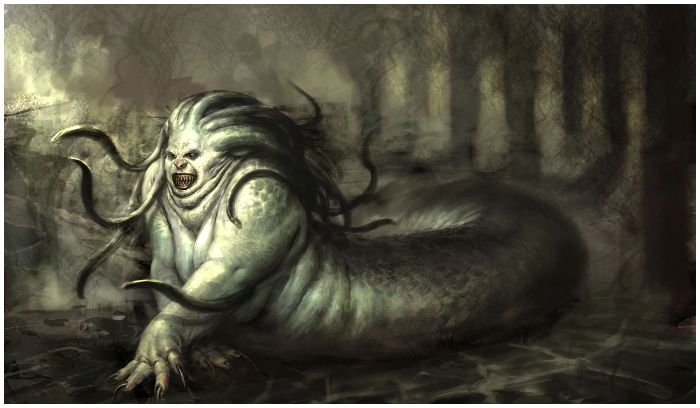
However, although Typhon was imprisoned under Mount Etna for his confrontation with Zeus, Echidna and her children were released to face future warriors. She likely symbolized the malfeasance of the soil, including rot, filth, fetid streams, sickness, and illness.
18. Loch Ness Monster
The fabled “monster” that humans have chased for thousands of years has many versions. The Loch Ness Monster is considered a form of a plesiosaur that continues to thrive in the Loch Ness Lake of Scotland, the lake from which it derives its name.
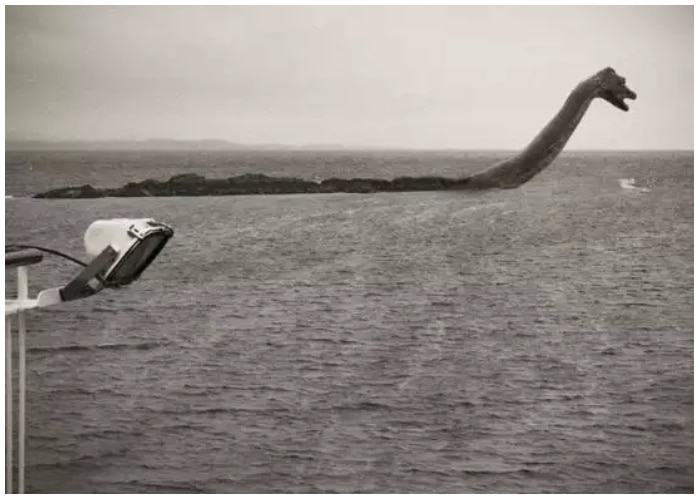
While Nessie is not known to have any powers and without conclusive evidence that the dinosaur-like creature exists, she has managed to hold mankind’s attention. The stories of the Loch Ness Monster can be traced to 565 A.D., in the Christian Irish missionary St. Columba’s biography.
17. Qilin
Ancient China had four sacred animals, and the Qilin is one of them. This non-lethal mythological creature has a peculiar appearance, giving it the name of “Chinese unicorn.” It has nothing in common with its European cousin. The horns and body of a deer, with the tail of an ox! The head of a dragon or lion and a horse’s hooves make up the hybrid beast!
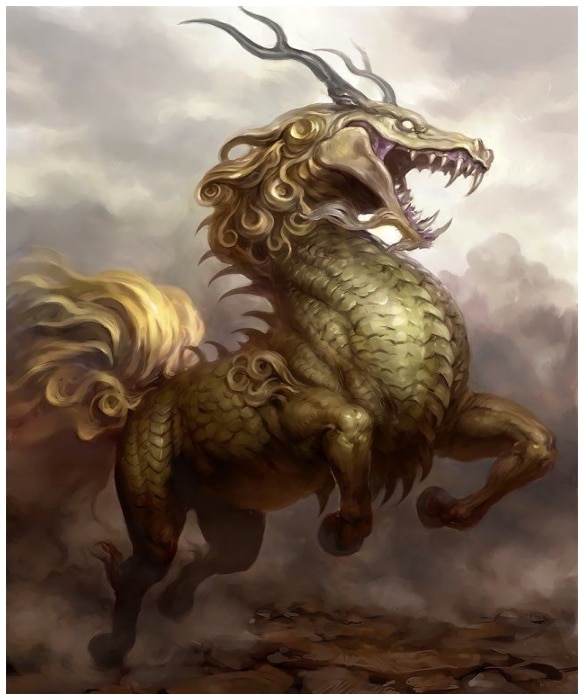
The Qilin was highly regarded due to its friendly nature and high intelligence. Locals consider seeing the Qilin as a sign of luck, and the creature is often seen shrouded in a blanket of flames to protect the pure-hearted.
16. Basilisk
While many claim that the Basilisk originates from Italian folklore, many think the mythological being belonged to Greek mythology. The lore says that the Basilisk was powerful enough to take lives with just one glance – similar to another mythical monster, Medusa. Keep in mind that these two are not interchangeable. The Smithsonian speaks of how the creature rose from a rooster’s egg after a frog incubated it.
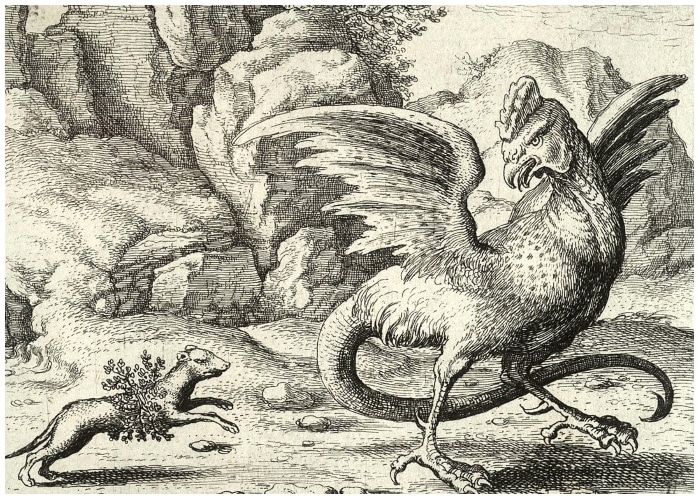
The Basilisk has existed for a long time and continues terrifying people with claims of being able to “diminish landscapes with one breath.” This beast is so old that its first mentions trace to 79 A.D.
15. Griffin
Lovers of the “Harry Potter” franchise can indeed recall the mighty Hippogriff, Buckbeak. However, the griffin was an even more popular legendary being in the Middle Ages and Western Ancient. Half-eagle, half-lion, Griffins are intelligent, ferocious, and noble winged beings with the best of both worlds. Stories show griffins as stunning hunters with an impeccable sense of smell and vision.
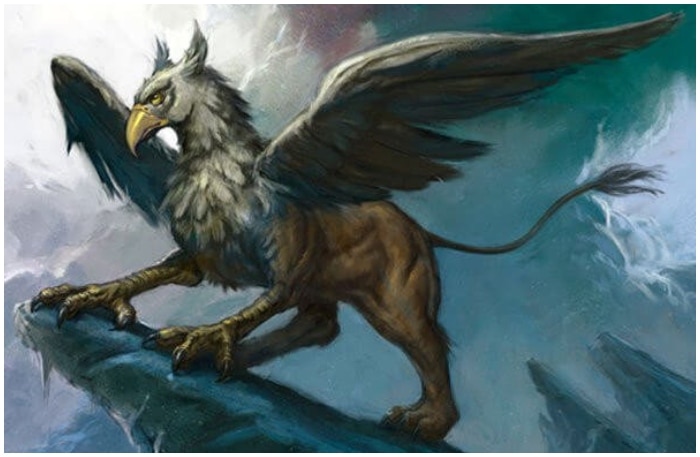
Griffins are said to be the treasure guards in ancient Mesopotamia, and their loyalty and courage gave them places in numerous coats of arms. Many believed that these creatures could be tamed, including Hagrid!
14. The Sphinx
The Great Sphinx of Giza is a creature from Egyptian and Greek mythology with a human head in a lion’s body. The creature was a female figure with bird-like wings throughout Greek mythology. Instead of a symbol of royal authority, the Greek mythological Sphinx is represented as a clever and deadly creature.
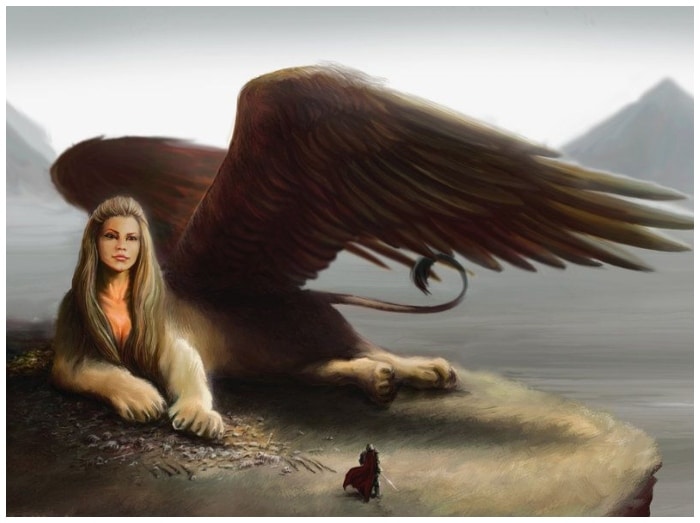
During the day, she sat outside of the ancient Egyptian city Thebes and allegedly asked tourists her famous riddle: “In the morning, the creature has four feet; at midday, two feet; and in the nighttime, three feet, but only one voice; which creature is this?” Anyone who gave a wrong response was gobbled up. But finally, Oedipus correctly solves her riddles, prompting the Sphinx to commit suicide.
13. Manticore
The manticore is a Persian version of the Egyptian Sphinx and the Greek Chimera. Either way, it’s a legendary creature that falls under “hybrids” since it has a human head, a lion’s body, a bat’s or dragon’s wings, and a scorpion’s venomous tail. Tales of the manticore spread like wildfire in Europe during the Medieval and Ancient ages. It was when people believed that manticores lived in the deserts.
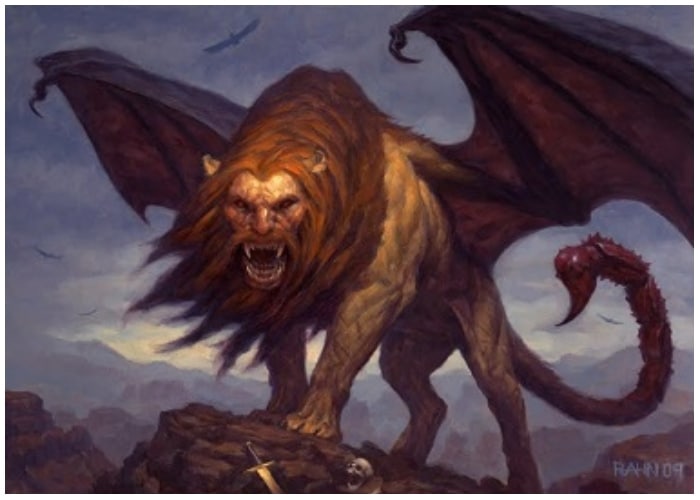
Like many dangerous mythological beasts, the manticore gets its bad reputation from its urge to devour humans. Despite its lack of intelligence, the flying devil was truly dangerous and evil.
12. Minotaur
Minotaurs are such an essential part of pop culture that they have appeared on the big screen many times. We have seen them in movies like “Harry Potter” and “The Chronicles of Narnia.” The Minotaur’s real name is Asterion, and it has been derived from Greek mythology. The weird anatomy stems from the fusion between a bull and Queen Pasiphaë.
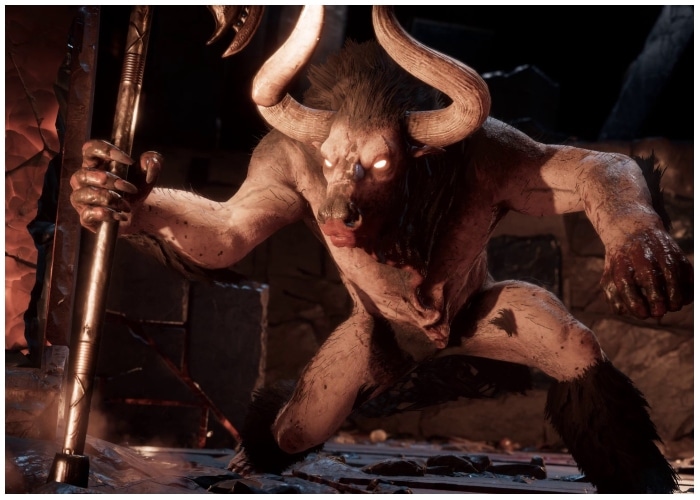
Stories claim that the Minotaur had an unquenchable thirst for human flesh. King Minos asked Daedalus and Icarus to build a maze to contain this dangerous beast. Interestingly enough, King Minos was Pasiphaë’s husband. It is said to have lived there until its death happened at the hands of Theseus.
11. Chimera
The mythological creature Chimera’s appearance would be enough to give adults nightmares. The terrifying creature has abnormal physiology. It features a lion’s head on a goat’s body! With a serpent tail at the end, it could even breathe fire! There is some debate on what the Chimera looks like, as one iteration claims that the beast has three heads – a dragon, a goat, and a lion.
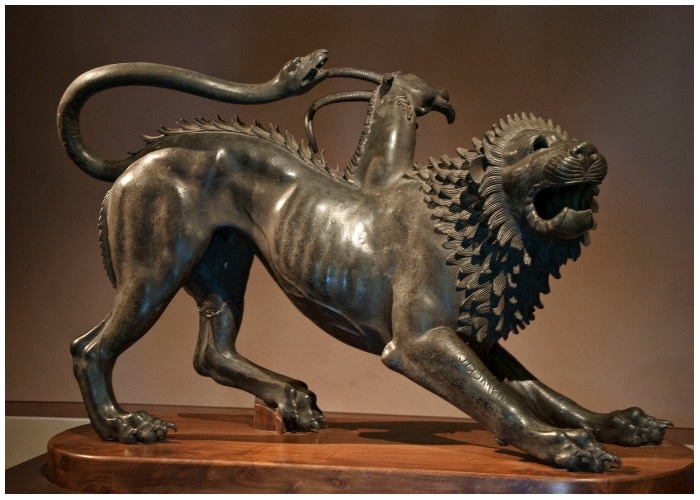
Greek mythology says that Chimera is the child of Typhoeus, the monster, and Echidna, a half-snake and half-woman creature. Science defines a Chimera as an entity with multiple genotypes.
10. Aqrabuamelu
The Aqrabuamelu, popularly known as “Scorpion Man,” is a mythological monster with origins in ancient Mesopotamia. It resembles a Centaur with its humanoid body from the waist up. They are a human and scorpion hybrid, with the face, arms, and torso of a man and the body of a scorpion. Aqrabuamelu is opinionated and strong-willed; they never shy away from arguments and are always ready to run to the battlefield.
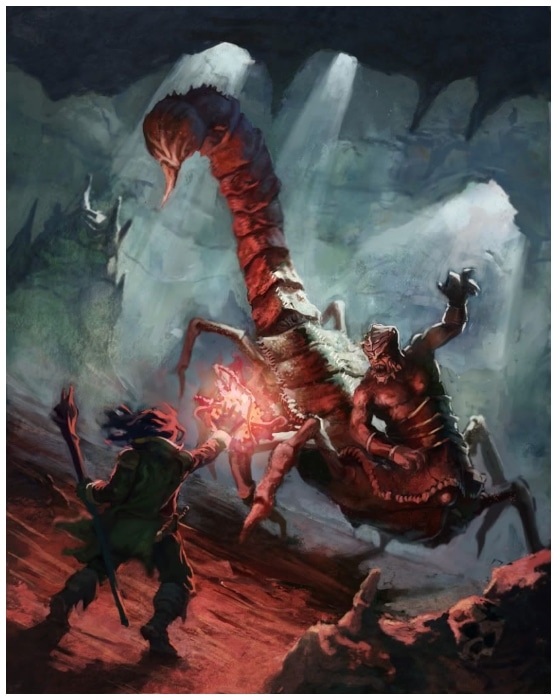
Their true nature binds them to their purpose, making them unrelenting and fierce patriots. Despite their terrifying appearance, Aqrabuamelu were strong guardians and frequently warned travelers of danger.
9. The Furies
The Furies also referred to as the Erinyes, are chthonic deities of wrath who frequently inflicted lunacy or sickness on their captives to exact their revenge. They are commonly depicted as hideous, winged ladies with serpents entwined in their hair, similar to Medusa. In the words of Hesiod, these fearsome monsters were the offspring of Gaea, who had given birth to them from her husband Uranus’s blood.
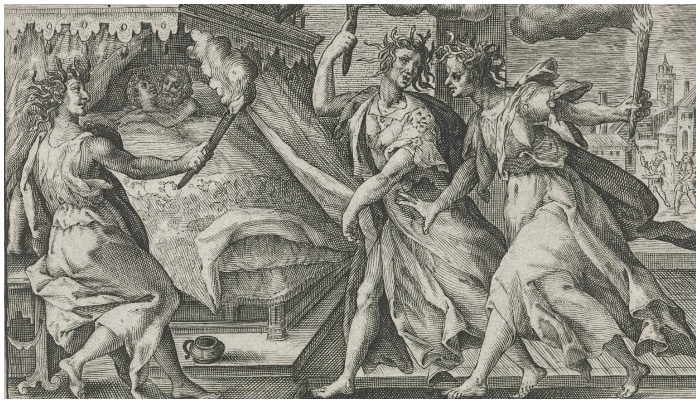
Ascending from the Underworld, the Furies pursued individuals who had disturbed the balance of nature, such as those who had sinned against the gods and committed heinous crimes. The wrath of the Furies might be summoned by victims who were harmed to seek retribution.
8. Dragon
Dragons are generally reptiles, but they differ in characteristics and size based on their roots. It’s safe to say that dragons are one of the most followed legendary creatures worldwide. They make their appearance in many myths and popular modern tales like “Game of Thrones,” “Harry Potter,” and “The Hobbit.”

Stories from Eastern tradition view the creature as a four-legged reptile devoid of wings but exceptionally clever. In contrast, the Western culture sees them as winged reptiles with incredible strength but decreased smarts. Before Christianity spread across China, many regions worshiped dragons as gods. While others feared them, associating them with Leviathan or Satan.
7. Naga
Nagas aren’t as popular in the West as manticores or dragons, but they are considered an (evil) force to be reckoned with in Hinduism. Traditionally, Nagas are described as semi-divine creatures with the torso of a human and the body of a snake, typically a woman. We would call them nagas or nagins based on their gender. Think of Voldemort’s snake in the “Harry Potter” franchise.

Although Nagas aren’t evil in these stories, they are powered by a deadly bite. They can grow massive but tend to stay calm. Their patience and intelligence make them wise beings we can fear and look up to.
6. Charybdis and Scylla
This gigantic combination delivered a powerful blow to anybody who happened to be traveling through the Straits of Messina. The Scylla was a monster who had six heads and twelve feet and was girded about the waistline by the skulls of viciously barking hounds. She devoured everything that came too near to her, including Odysseus’s six men.
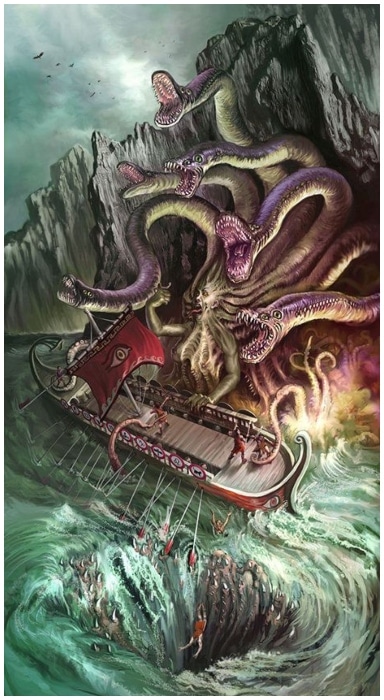
Charybdis, who was probably a whirlpool personified, would consume and then spew the water around her three times per day, making the strait a deadly hurdle for any seafarers trying to travel through it. Scylla and Charybdis were inseparable, and no sailboat could cross between them without being damaged. If it skirted Charybdis, it’d end up too near the vortex formed by Scylla and vice versa.
5. Leviathan
With its enormous tentacles and prickly body, the Leviathan terrorized the seas. This sea serpent is mentioned in mythology and theology. Originally perceived as a dragon of the seas in Judaism, the Leviathan is now portrayed as a powerful and vicious dragon. We can find references to this slimy beast in numerous Hebrew Bible books.
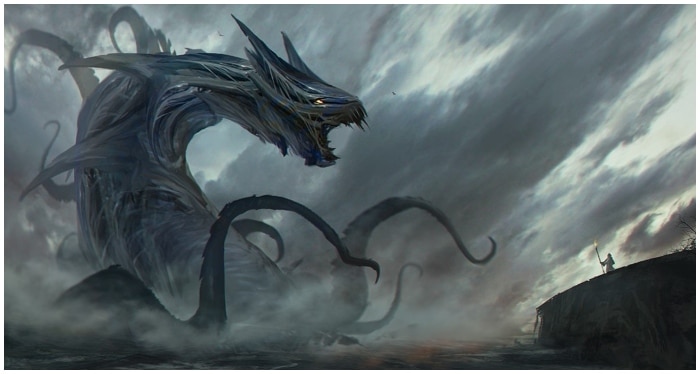
The Leviathan is the embodiment of disharmony and threatens to consume the afterlife. It is killed in the end. Christian theologians term Leviathan as an associate of the demon of envy, one of the seven deadly sins. Ophite diagrams explain that it captures the essence of the material world’s space.
4. Hydra
Many of the most popular mythical beings can be traced back to ancient Greece, and the Hydra is an example. This snake-like, huge monster had many heads, all of which could spit acid. The nine-headed monster was termed “almost impossible to kill,” which is obvious since it was an off-spring of the divine monster couple, Typhon and Echidna.

Facing the Hydra was no easy feat, as mythology states that when one head of the Hydra was cut off, two more would replace it. Before it died at the hands of the Greek hero Hercules, this demon would haunt the lives of the people of Lerna.
3. Typhon
The giant snake Typhon has been the deadliest monster in Greek mythology since he was at the same time a deity as well as a demon. It is told that as he stood straight, his head touched the sky. He was also called the father of all monsters. His hands were made out of various snakes, while his lower torso was two curled viper tails screaming ceaselessly.
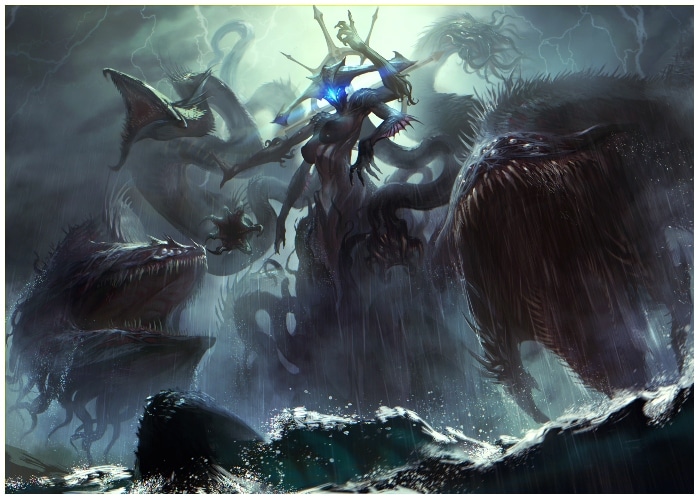
Typhon was Tartarus and Gaia’s youngest son. He attempted to dethrone Zeus. However, Zeus’ thunderbolts ultimately vanquished him, and then he was sent into Tartarus as a punishment. Because of his massive wings and fiery eyes, he was a terrifying sight even to the Olympians.
2. Kraken
The Kraken is undoubtedly amongst the scariest monsters to have ever been spoken of. In 1180, the world received one of the earliest mentions of this sea creature from Sverre of Norway, a Swedish King. Sailors claimed that the cephalopod was so enormous it could swallow maritime bans and instantly sink ships.
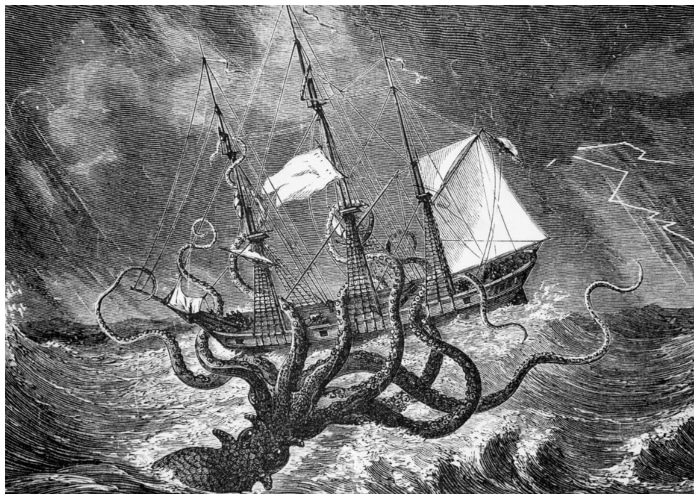
Descriptions of this squid-looking beast vary a little across folklores! But the consensus is that the Kraken was an Architeuthis dux. What adds to the scary factor is that Kraken is based on an animal that genuinely exists. Giant squids living in the wild can grow up to 43 feet!
1. Phoenix
For a long time, the phoenix has been the symbol of redemption and rejuvenation. This mythical creature looks like an eagle and is famous for its unique “cremation.” Phoenixes can anticipate their death and burst into flame when it happens, only to rise gloriously from its ashes as a younger phoenix.
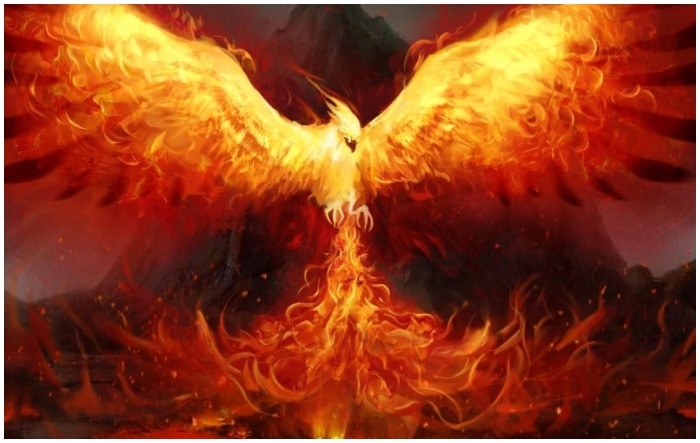
In Classical and ancient Egyptian myth, the phoenix is related to the worship of the sun and was described as a massive bird with red and gold feathers that shone like gold. The phoenix remains a symbol of immortality, eternity, and resurrection.